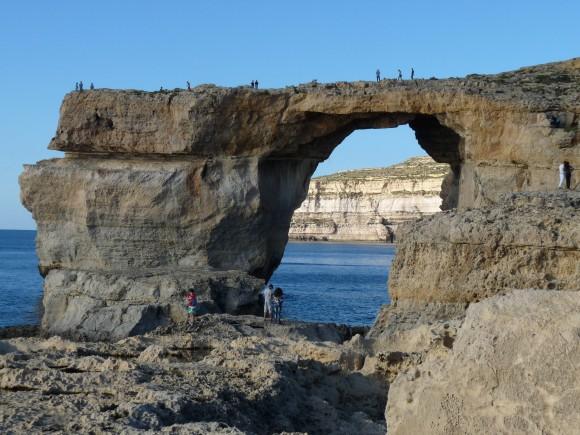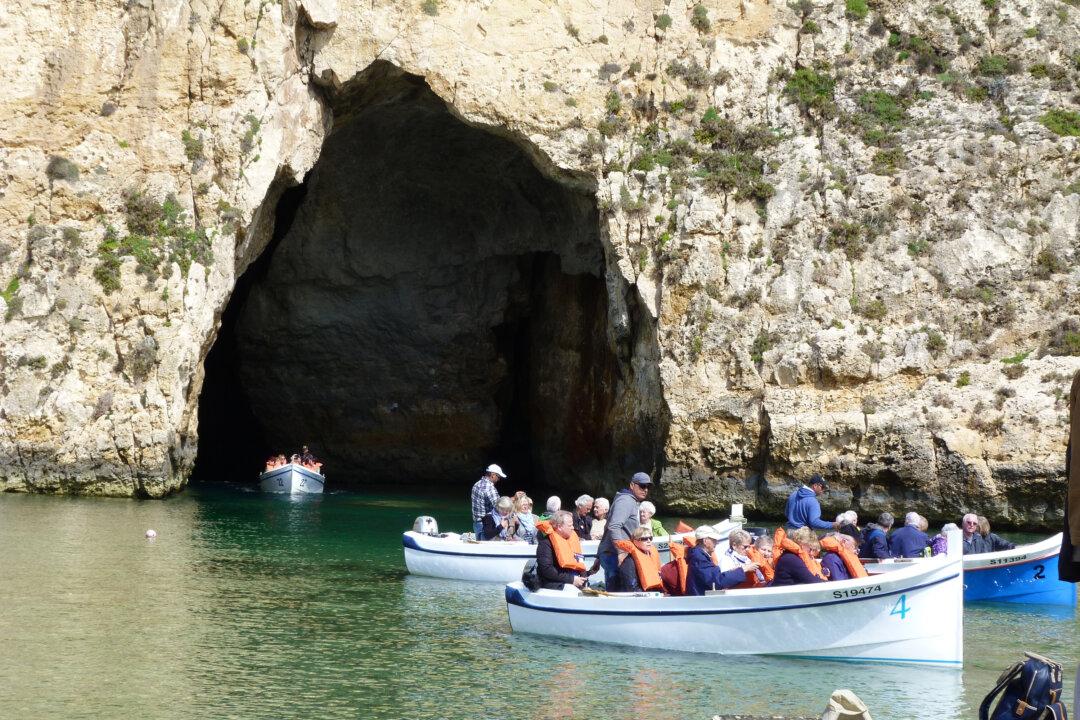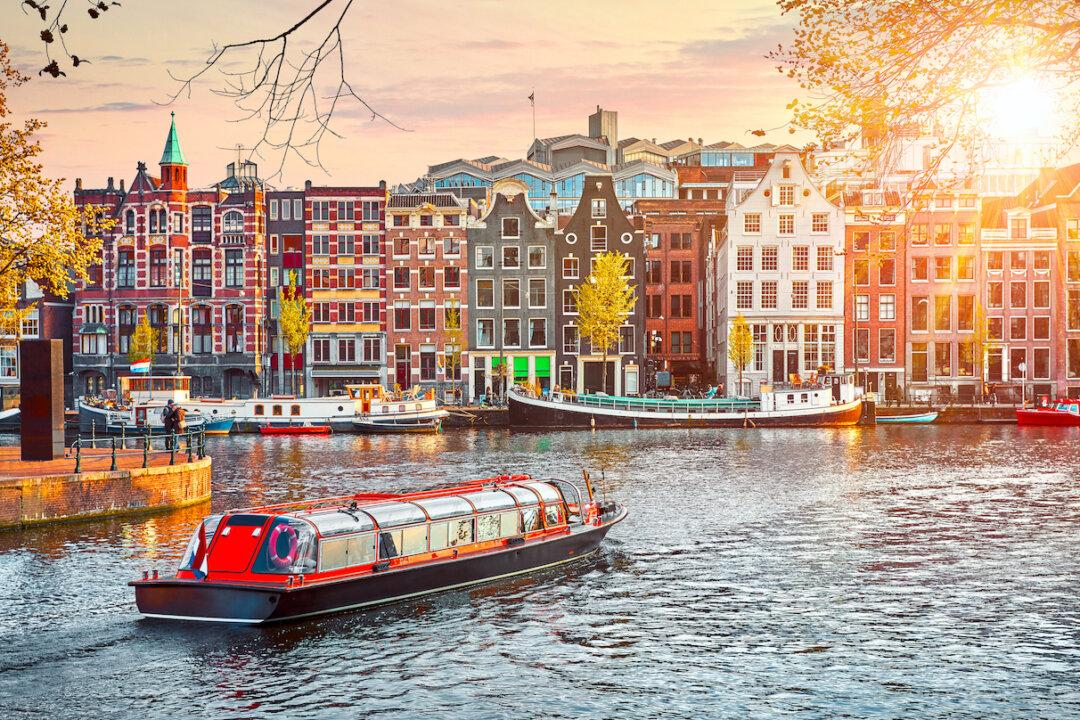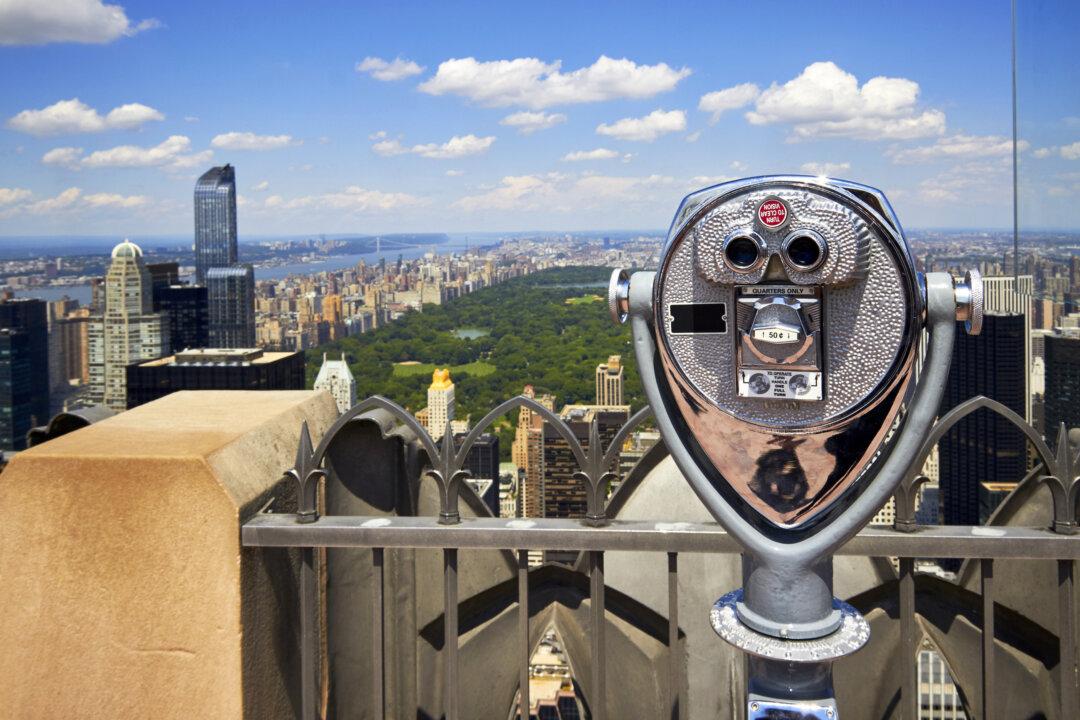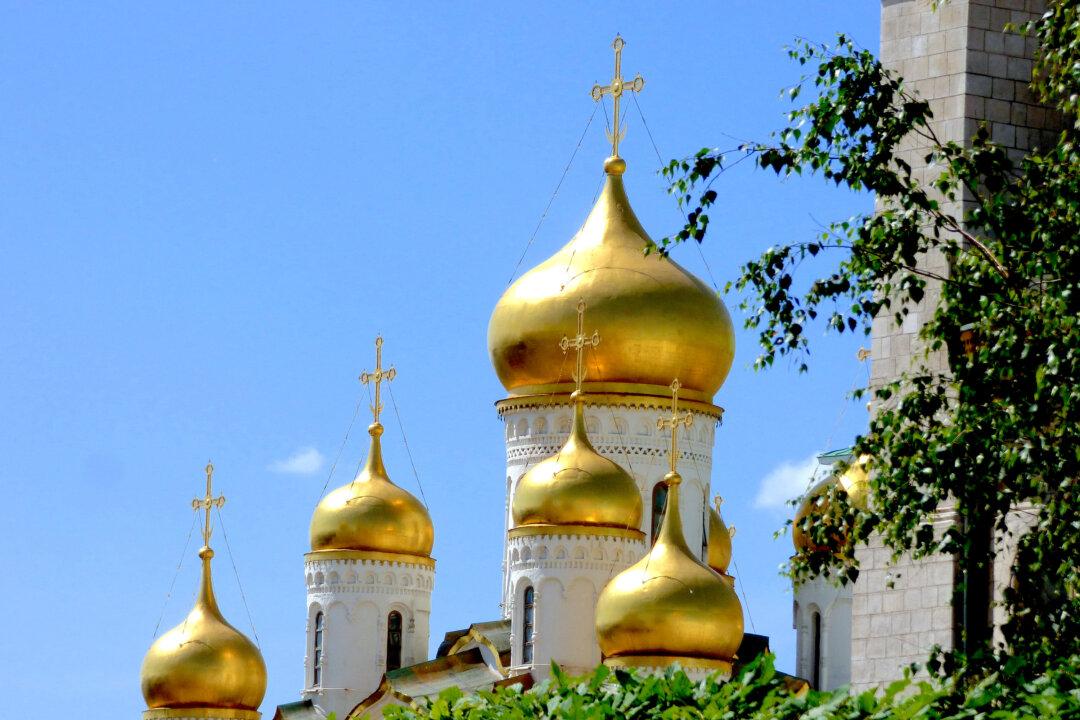The Malta archipelago, located in the heart of the Mediterranean Sea just south of Sicily, consists of the three major islands of Malta, Gozo, and Comino.
Gozo means “joy” in Castilian, and this second-largest island in the archipelago is filled with charming medieval villages, beautiful countryside, breathtaking landscapes, and dramatic cliffs, all surrounded by turquoise-to-deep-sapphire blue seas.
This was my second trip to these magical islands. The first time I visited my focus was on the main island of Malta, which boasts man-made structures as old as 7,000 years. On this trip, natural as well as ancient man-made marvels captured my interest.
Malta has it all. Well, it did have it all until the collapse of the Azure Window, the spectacular limestone arch in the Dwejra area of Gozo.
The islands of Malta were raised from the sea as evidenced by bits of marine life and shells hardened into rock-solid promontories that rise heavenward. Due to erosion, openings are cleaved into the rock face, and periodically portions of the towering cliffs collapse back into the sea. Such an occurrence shocked nature lovers when, after a storm in March, the Azure Window unexpectedly fell into the sea, a fact reported by the world press.
